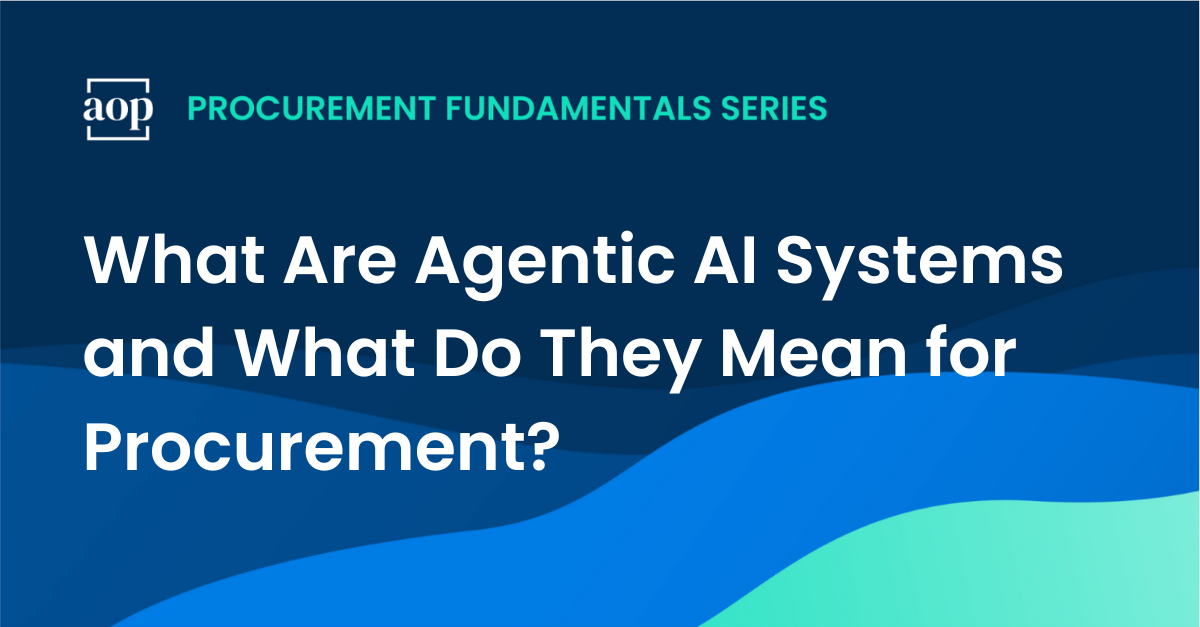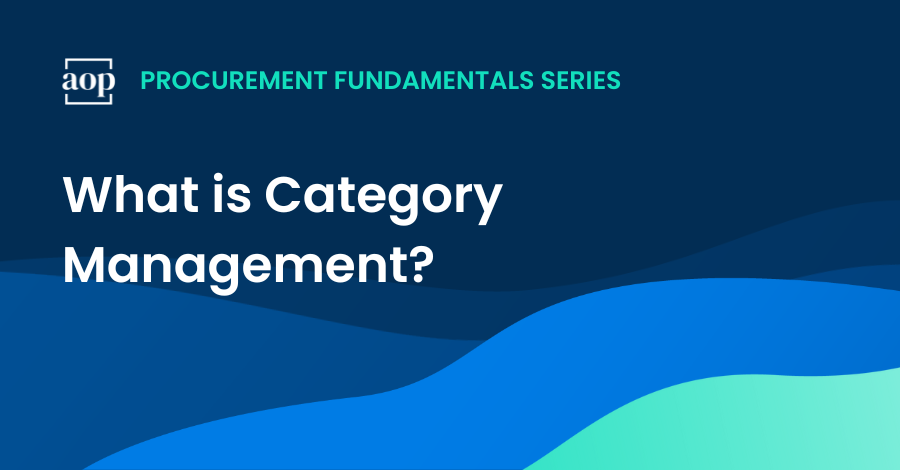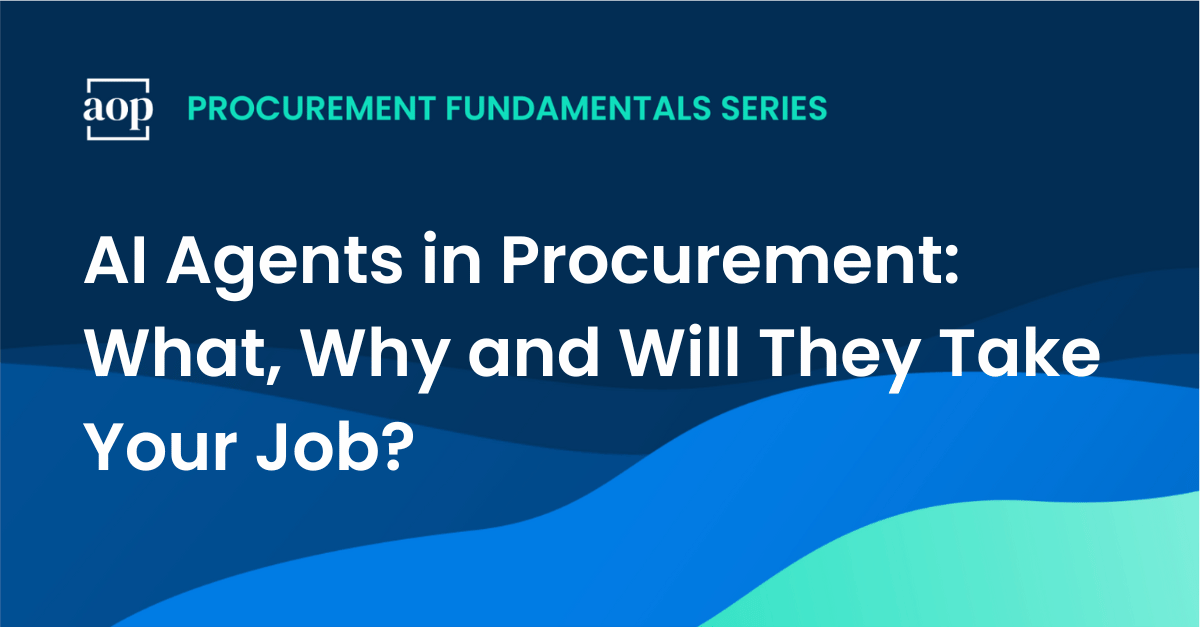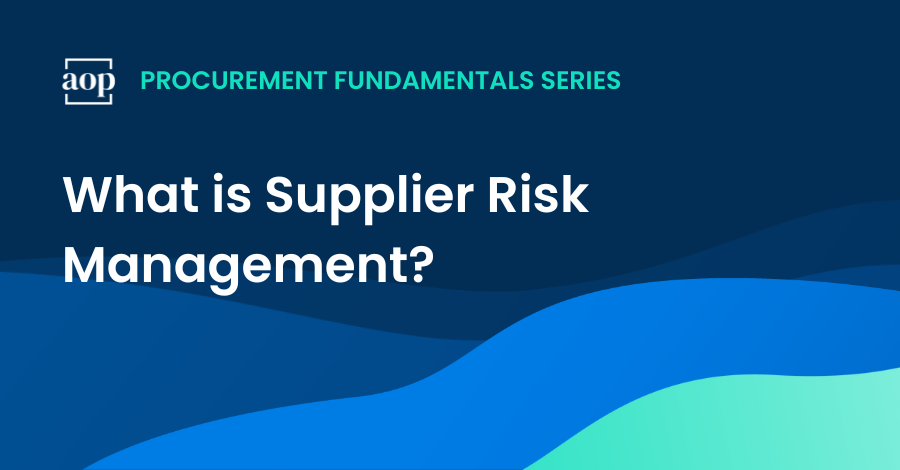6 min read
What Are Agentic AI Systems and What Do They Mean for Procurement?
Philip Ideson : June 10, 2025

You've probably used ChatGPT to draft an email, research suppliers, or create reports. But what if AI could actually complete your tasks without waiting for your input?
That's exactly what Agentic AI does. This new technology doesn't just answer questions, it takes action. Let’s go through how it works and how it’s likely to impact procurement roles in years to come.
What is Agentic AI?
Agentic AI is a type of computer system that can take charge of a task on its own. Unlike traditional AI that requires explicit prompts, an AI Agent can analyze situations, develop sourcing strategies, and execute procurement tasks by itself.
An Agentic AI system typically has the following key characteristics:
- Perceives context. It is capable of accessing information around it, for example, on the Internet or from your ERP system.
- Plans intelligently. It is capable of rational thought. It can break down complex problems into individual steps of action.
- Acts autonomously. It can trigger actions in other computer systems or perform multi-step tasks all by itself.
- Learns continuously. Every outcome reshapes its future choices. An AI Agent doesn’t require active monitoring or training.
How Agentic AI differs from other types of AI
While Agentic AI uses the same types of advanced computer algorithms as past forms of artificial intelligence, the way you interact with it is completely different.

Machine Learning
The earliest form of AI follows rigid rules. You can program Machine Learning algorithms to classify spending or flag budget overruns. When conditions change, they stop working until someone updates the rules.
Deep Learning
Deep Learning unlocks the massive computational power needed for today’s advanced AI systems. It works a bit like a human brain. It can learn based on the data you provide it and correct its own errors.
Natural Language Processing
Natural Language Processing (NLP) involves using AI to understand and extract information from written or spoken language. For procurement, this may be in the form of a contract or an answer to an RFx.
Generative AI
Generative AI creates new content based on your prompts. Tools like ChatGPT can draft RFP documents or summarize contracts. But they wait for your instructions and can't take action in your systems.
Agentic AI
Agentic AI works independently toward goals you set. It adapts strategies based on results and takes action across multiple systems. For example, it could negotiate prices with suppliers, adjust tactics based on responses, or complete purchases without human input.
Agentic AI vs. Generative AI
The difference between generative AI and Agentic AI is simple: response versus action. While generative AI helps you think faster, Agentic AI helps you act faster.

Generative AI has clear limits:
- Only responds when you ask
- Generates a different answer to every prompt
- Can't access your ERP or supplier systems
- Requires humans to act on suggestions
Agentic AI breaks these barriers:
- Identifies suppliers automatically
- Creates purchase orders
- Arranges deliveries
- Monitors market conditions continuously
- Learns from outcomes to improve performance
An estimated 94 percent of procurement teams were leveraging different forms of generative AI technology in 2024.
Agentic AI can have an even greater impact in the workplace. According to the 2025 ProcureCon CPO Report, 90 percent of procurement executives say they have considered or are considering using AI agents to optimize their procurement operations in the next 6 to 12 months.
Agentic AI vs. Robotic Process Automation
You should not confuse AI agents with Robotic Process Automation (RPA) bots. RPA is an earlier form of technology that has been used to automate manual procure-to-pay processes.
RPA bots need to follow predetermined steps in order to work. They execute predictable tasks but break down when anything unexpected happens. For example, if a supplier doesn't respond the bot stops and waits for human help.
AI agents adapt to changing conditions. They can make intelligent decisions when situations don't match their programming. When a preferred supplier doesn't respond, an AI agent might:
- Contact alternative suppliers automatically
- Adjust negotiation tactics based on urgency
- Only escalate to humans when necessary
This flexibility makes AI Agents a more suitable companion for procurement. As exceptions are normal and conditions change constantly, AI agents adapt their work over time.
Examples of Agentic AI systems for procurement
Agentic AI is not as approachable as ChatGPT. You can’t set up a free account with an email address and web browser. You’re more likely to see Agentic AI features embedded first in the procurement technology you already use instead of a completely new application.
Here are a few likely areas where Agentic AI can make a big difference:
Autonomous sourcing and ordering
AI agents can manage routine tasks or even entire sourcing processes for standard items:
- Monitor inventory levels automatically
- Request quotes from approved suppliers
- Evaluate bids using your criteria (price, delivery time, supplier performance)
- Award business to optimal suppliers
- Generate purchase orders without human input
For routine negotiations, the agent can work within preset limits. If a supplier's quote exceeds budget by 3 percent, the agent might negotiate automatically or find alternatives.
Proactive risk management
Another likely area for AI agents is risk monitoring and management. The agent could:
- Track supplier performance metrics continuously
- Monitor news sources for potential disruptions
- Watch for natural disasters, strikes, or political events
- Take immediate action when risks emerge
Let’s imagine a potential scenario. When a port strike delays shipments, the agent automatically identifies or sources alternative suppliers and adjusts delivery schedules. It would proactively communicate both the delay and the final solution to the appropriate points of contact in the business.
Contract management and compliance
You’re also likely to see Agentic AI features in contract lifecycle management (CLM) solutions:
- Monitor spending against contracts in real-time
- Flag off-contract purchases immediately
- Track contract terms and renewal dates
- Route purchases to contracted suppliers when available
The opportunity is not just in contract compliance. AI agents could even perform automated contract renegotiations or apply negotiated discounts automatically.
Intelligent purchase-to-pay automation
AI agents can advance automation of P2P processes and workflows. Here are some repetitive tasks agents can do autonomously:
- Check budget availability when employees submit requests
- Select appropriate catalog items or suppliers
- Instantly generate purchase orders
- Process routine approvals based on business rules
- Automatically match invoices
- Resolve discrepancies without human intervention, only routing requests to humans for unusual conditions
While we’re likely to see an increased rate of automation, P2P systems using AI agents will still require human oversight.
Category management
It’s likely that the typical workday of a category manager will change thanks to Agentic AI. Here are a few of the tasks agents can perform::
- Analyze spending patterns to identify consolidation opportunities
- Recommend supplier consolidation and contract renegotiations
- Adjust sourcing strategies when market conditions change
- Accelerate purchases when commodity prices drop
- Diversify the supply base when supply becomes constrained
McKinsey estimates that category management teams could see 15 to 30 percent efficiency improvements by using configurable category agents.
How to prepare for Agentic AI
Agentic AI is the natural next step after simple automation and analytics. Generative AI helps procurement teams move faster; Agentic AI helps them work smarter by taking intelligent steps on its own.
Key benefits of Agentic AI
- Proactive problem-solving: Address challenges before they become critical issues
- Task automation: The technology works for routine procurement tasks when implemented with proper governance
- Free up time: Humans can focus on strategy, relationships, and judgment-based decisions rather than routine tasks
- Competitive advantage: Early adopters gain significant efficiency improvements and strategic focus
Your implementation roadmap
Moving from understanding to action requires a systematic approach. Here's how to get started:
1. Map your quick-win processes
List tasks that are high-volume, rule-based, and time-consuming—invoice matching, tail-spend orders, routine supplier follow-ups, etc. These are ideal pilot candidates because they need speed and consistency, not deep human judgment.
2. Build a governance framework
Decide where the agent can act and when it must hand control back. Document details, such as:
- Spending limits and budget owners
- Approved supplier lists and risk flags
- Escalation triggers (value, risk, compliance)
Clear rules keep autonomy safe and auditable. See my AI governance framework for procurement for reference.
3. Launch a focused pilot
Choose an existing technology partner or startup that has a track record solving your key business challenge. You can find many solution providers with unique AI features in the Art of Procurement Provider Directory.
4. Involve your team
Be transparent about any AI trials and make sure to involve your team. Emphasize skills the software can’t replace—supplier relationships, strategic sourcing, and negotiation judgment.
5. Avoid common implementation pitfalls
Even with the best plan, many AI-related projects fail. AI project failures climbed from 17 percent in 2023 to 42 percent in 2024, according to S&P Global Market Intelligence.
Success can depend on addressing common failure points from the start. Here are some key aspects to consider.
|
Area |
What to cover |
Why it matters |
|
Security & control |
Spending caps, supplier blacklists, audit trails |
Protects budget and compliance |
|
System access |
ERP, contract repository, supplier network APIs |
Agents need data to act accurately |
|
Change management |
Communicate benefits, set expectations, gather feedback |
Builds trust and smoothes adoption |
|
Performance metrics |
Cycle time, first-pass accuracy, savings logged |
Shows value and guides fine-tuning |
The bottom line on AI agents in procurement
Agentic AI isn't coming to procurement. It's already here. With 90 percent of procurement executives considering AI agents in the next 12 months, the question isn't whether to adopt this technology, but how quickly you can implement it effectively.
Your next step can be simple. Start with one pilot project. Choose a high-volume, low-risk process and test Agentic AI's capabilities. Reach out to your current software solution providers or look for startups with relevant experience. Learn what works, refine your approach, and scale from there.
To hear of AI wins, war stories and best practices from real practitioners, subscribe to our newsletter.





